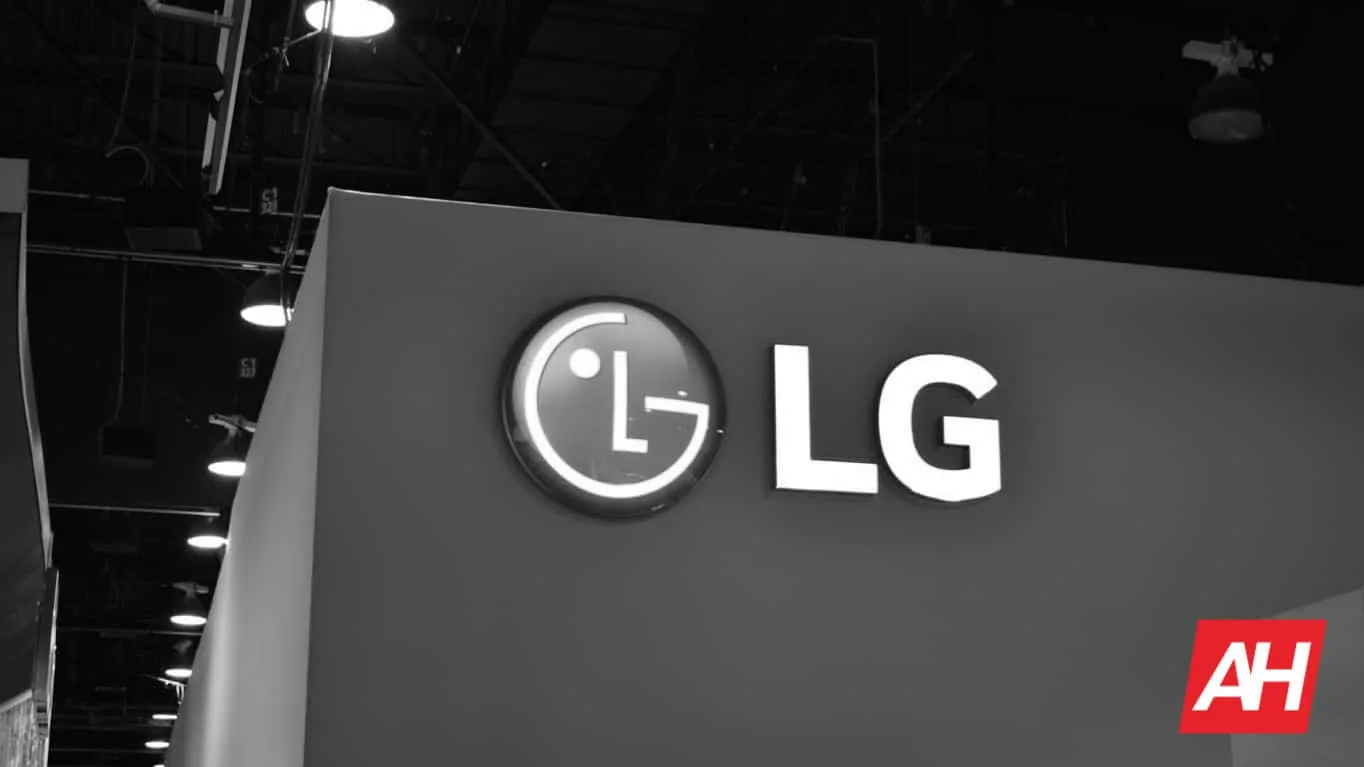About a year ago, LG announced its “Update Center”. This was marketed as a facility that would be dedicated to preparing software updates, and getting them out in a timely fashion. Fast forward a year, and virtually no LG smartphones have been upgraded to Pie.
It’s worth noting that this week, the LG V35 ThinQ started getting Android Pie in Korea – one country. Meanwhile other phones launched in 2018 like the LG G7 ThinQ, V30S ThinQ and V40ThinQ are still running on Android Oreo. Android Pie was released on August 6, 2018. That was over eight months ago, closer to nine at this rate. Not to mention the fact that Google had beta’s available for Pie starting back in March.
LG was not part of the beta program last year, but it’s hard to imagine that Google kept the code for Pie away from the manufacturer. A company that has been in a pretty good relationship with Google in the past few years. Working with Google on a number of other products, from smartwatches, to Nexus and Pixel smartphones.
Now yes, besides the LG V35 ThinQ, another LG smartphone was updated to Android Pie, and updated pretty quickly. That was the LG G7 One. However, if you recall, that is an Android One device. One that LG is required to update quickly, and one that is also running a stock version of Android, making it pretty quick and easy to push out updates.
Android updates are terrible, but LG is making an already bad situation even worse
Virtually no Android smartphone maker is great when it comes to updates. But most have greatly improved in the past couple of years. Samsung used to be about as bad as LG, but recently it has been getting new versions of Android out to its flagship smartphones in a pretty timely fashion. With Android Pie hitting the Galaxy S9, S9+ and Note9 within a few months of release. And to be fair to Samsung, it was also rolling out a complete redesign of its own skin that goes on top of Android – One UI.
Motorola used to be pretty fast with updates, it has slowed down a bit, but it is still getting updates out faster than LG. Even on much older hardware. Take the Moto X4 for example. It was released in late 2017, so about a year and a half old at this point, and it got Android Pie a few months ago. That is actually rather impressive. Seeing as many other manufacturers are still updating their 2018 smartphones to Pie. HTC is another one that is struggling with updates, but that’s entirely different story.
Why can’t LG get updates out sooner?
Your guess is just as good as mine. It could be because LG is not putting the right resources into the Update Center, perhaps it is focusing to much on gimmicks, like Hand ID and the other features included in the LG G8 ThinQ, which the majority of users are not even going to use. Or perhaps, their skin is that heavy, that it does take a lot of time to bake it into new versions of Android and get it ready for its smartphones. Then again, it could be the fact that it is releasing too many smartphones. Last year, it released four flagship smartphones: G7 ThinQ, V30S ThinQ, V35 ThinQ and V40 ThinQ. And LG is spreading itself too thin.
It’s really hard to say, seeing as we aren’t employees at LG, and can’t really see what’s going on over there, but something has to change. If you’re going to tout this big change in updates with the Update Center, and promise faster updates, but still take over eight months to get an update pushed out to your device, you aren’t doing something right.
It’s not just Android Version updates that LG is Slacking On
Yes, it’s sad that Android Pie is on virtually no LG smartphones right now. But those aren’t the only updates that LG is behind on. It is also pretty far behind on security updates. Now, we don’t expect to see an update every month, that is just insane. But seeing one once a quarter would be nice. That is something that Motorola has started doing, as it thinks monthly updates are overkill, and almost impossible. But getting a security update once every three months is a good compromise.
As of this writing, the Verizon variant of the LG V40 ThinQ has received one update, and that was in March to the February 1, 2019 security update. That is pretty recent, about two months old at this point. But that was the first real update the phone received since it launched in October – with the September patch. meaning users were on a five-month old patch up until March 4, 2019 (technically six months by that time).
That’s really just one example of how bad security updates are over at LG. Even though it has an entire facility that is dedicated to updating its smartphones, it is still taking entirely too long to push out updates for new versions of Android and security updates. Something needs to change and change fast.
LG prefers “Gimmicks” Over Software Updates
This is nothing new, and if you need proof of this, just look at the new LG G8 ThinQ that was released earlier this month. LG prefers to work on new gimmicks to add to its phone, then produce a phone that has the latest version of Android. The LG V40 ThinQ launched over two months after Android Pie was made available to everyone. It launched with Android 8.1 Oreo.
With the LG G8 ThinQ, the company put out some rather interesting gimmicks with the phone, but they are still gimmicks. Using the new Time of Flight sensor on the front for Hand ID was a cool thing, but will any of its users use it after the first day or so? Likely not. Then there is Air Motion. These are essentially the gestures that Samsung had on its phones over 5 years ago and eventually removed. This, again, uses the new Time of Flight Sensor, and you can wave your hand to do things like ignore a call, turn an imaginary dial to change the volume and so forth. But, your hand needs to be at least six inches away from the phone. It’s also a pretty difficult feature to learn how to use. Like Hand ID, virtually no one is going to use this after the first couple of days.
Instead of sinking all of that money into creating those gimmicky features for the LG G8 ThinQ, the company could have put that R&D money and time, as well as man-power into software updates for its other smartphones. This would make its current customers happy – and potentially buy another smartphone from LG down the road. But nope, LG decided it was a better idea to focus on some gimmicks that its customers won’t use after the first week of owning the new phone.
It’s clear that LG’s priorities – when it comes to software – aren’t straight. And nothing is going to change until customers start voting with their wallets. If you are one that actually wants software updates (not just in a timely fashion, but at this point, software updates period), then you’re going to want to look elsewhere, unfortunately.
Wrap Up
When the LG Global Software Update Center was announced last year with the LG G7 ThinQ, many believed that it was just smoke and mirrors from LG. We’ve seen similar things from other smartphone makers, and they eventually didn’t make the updates they promised to. So it’s not surprising that LG has fallen behind with these updates, but it almost seems like LG is taking even longer now, to push out updates for its smartphones.
We are also only talking about its flagship smartphones. LG makes a lot of mid-range and low-end smartphones for MVNO and Prepaid carriers, which likely are never going to get an update. If a phone that you paid over $700 for isn’t getting an update for nearly a year, then a phone you paid $100 for is likely never going to get one.
This is where we would expect Google to step up and force these manufacturers to push out updates much sooner. It makes it tougher on Google as well as developers, since they need to support older versions of Android. Supporting Oreo in 2019 isn’t too bad, but there are still many phones out there on older versions like Nougat and Marshmallow, which Google and developers still need to support, and that’s a problem. Google hasn’t updated its distribution dashboard in quite a few months, but when it was last updated, the majority of Android users were on Marshmallow and Nougat. At the time, those were two and three year old operating systems.
Unfortunately for LG, it was looking for some recognition with this Global Software Update Center, touting that it was the first of its kind. Well it’s getting recognition, but likely not the recognition it wanted.




